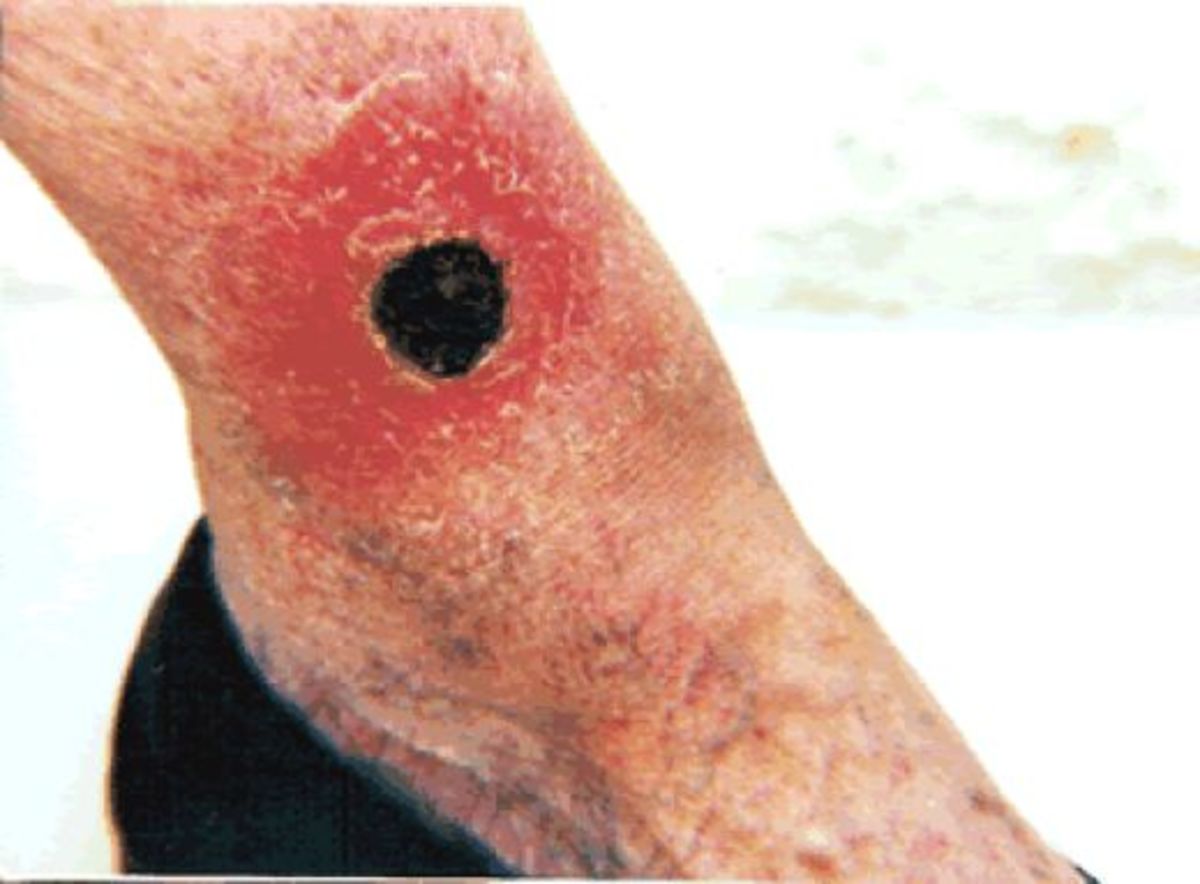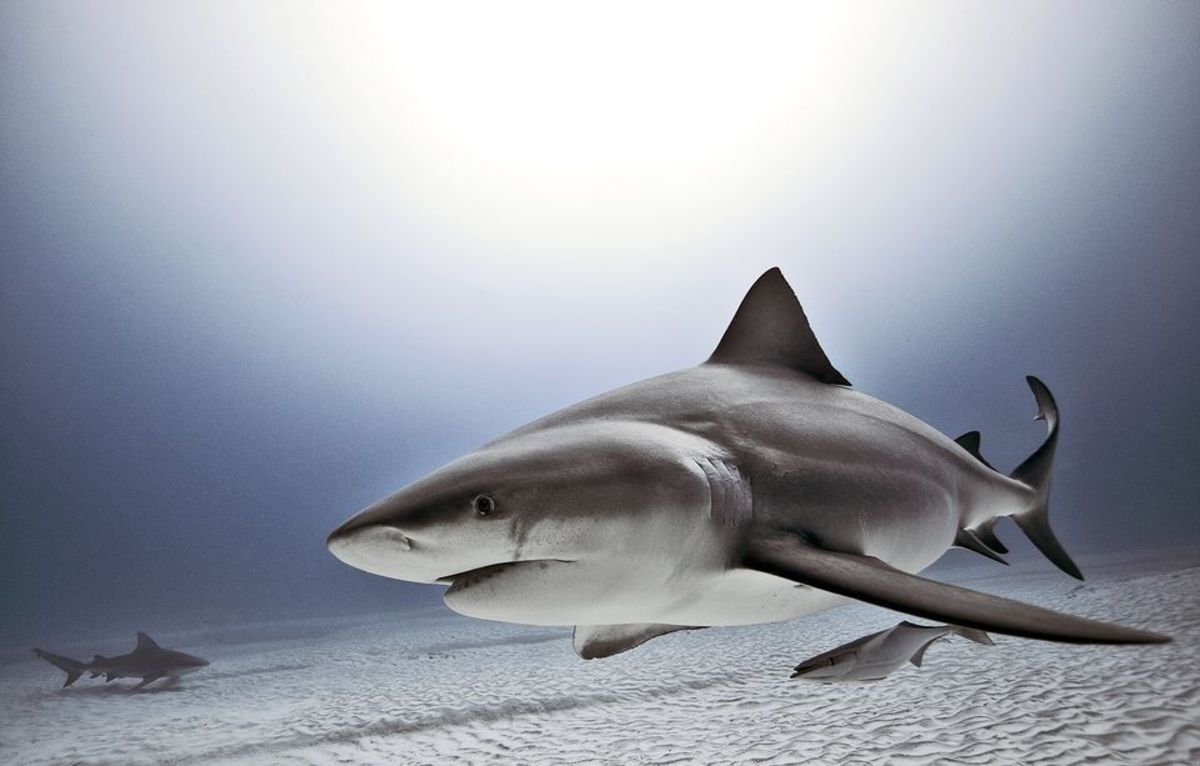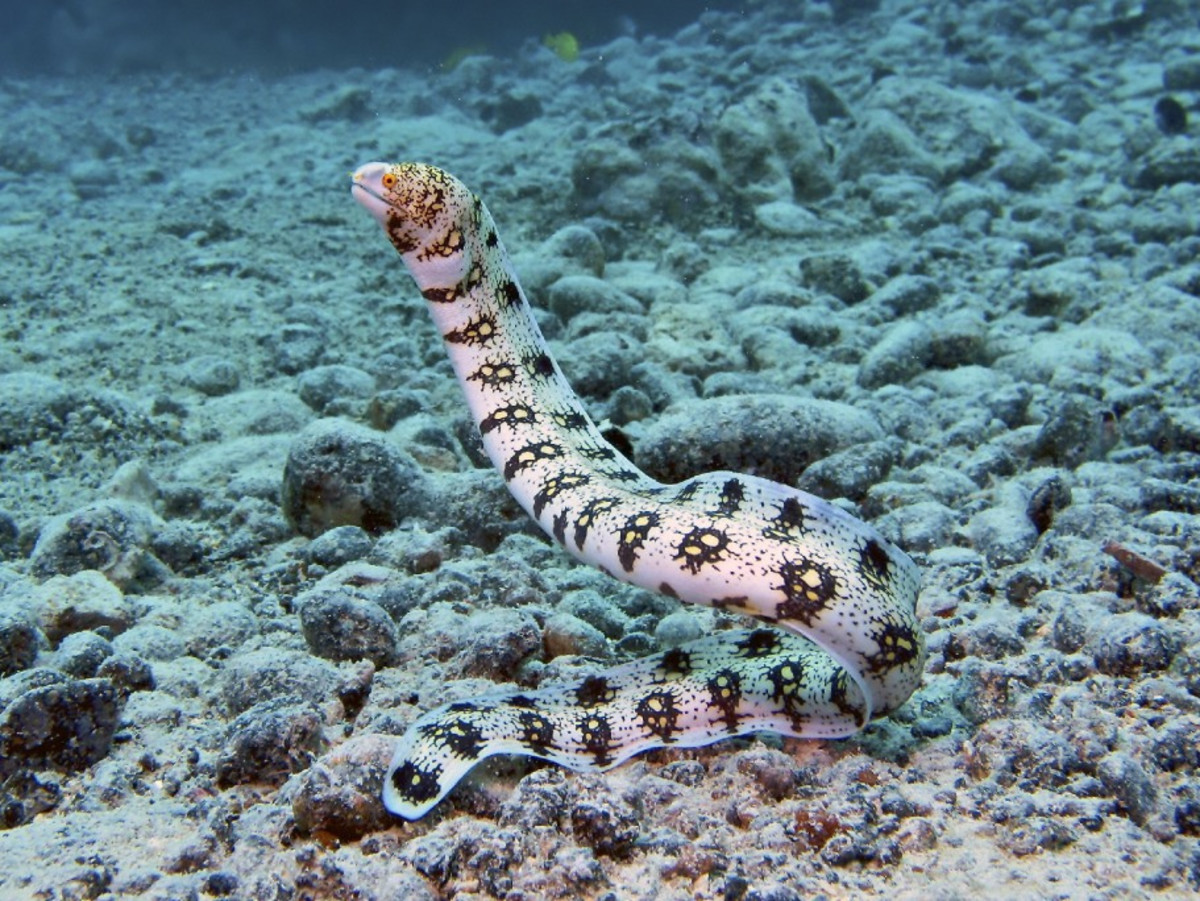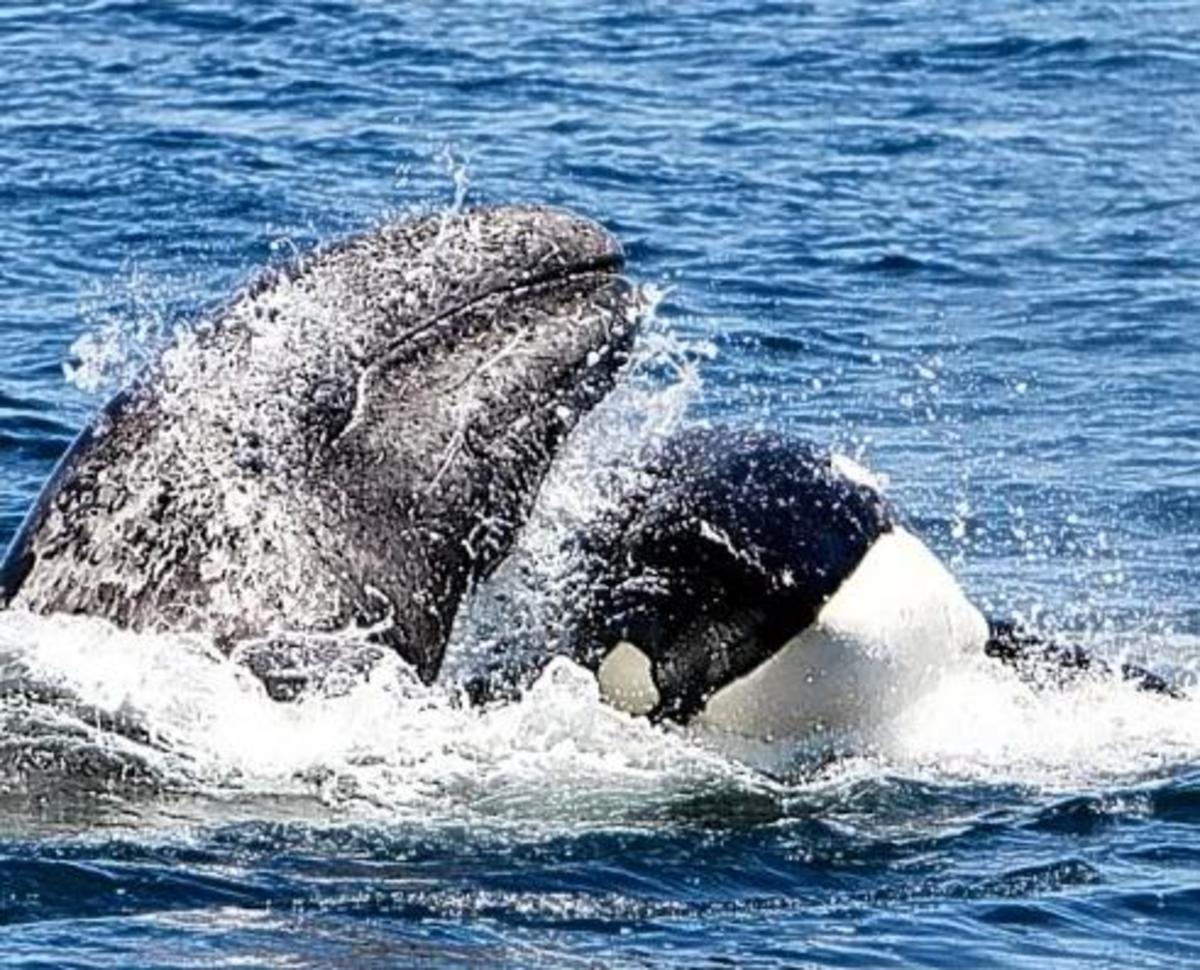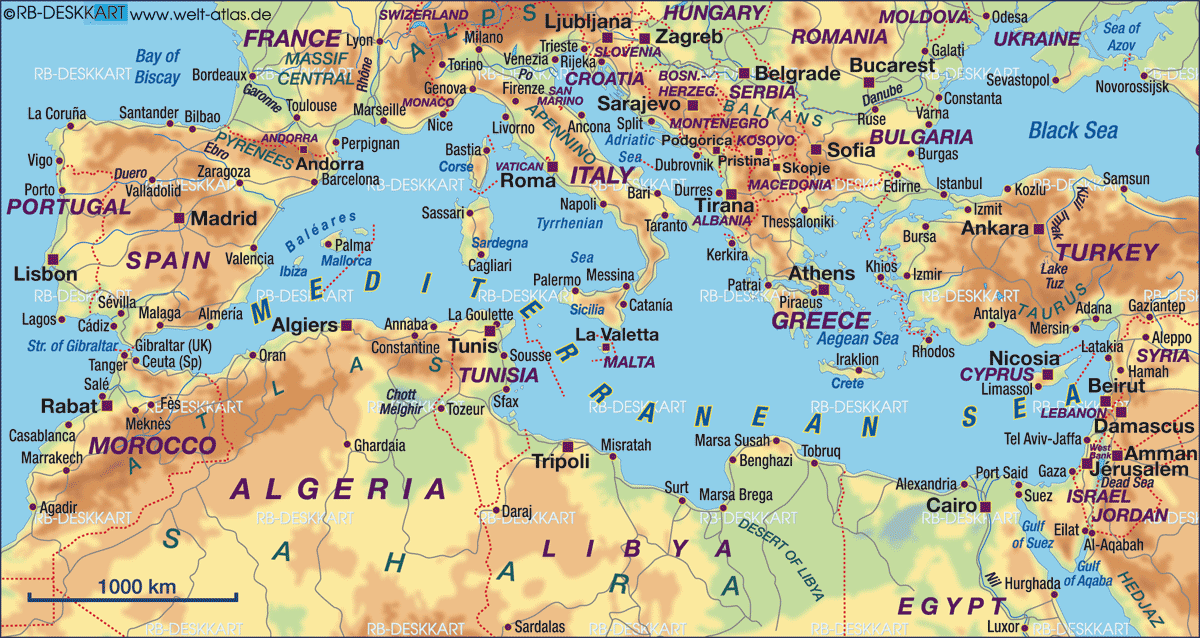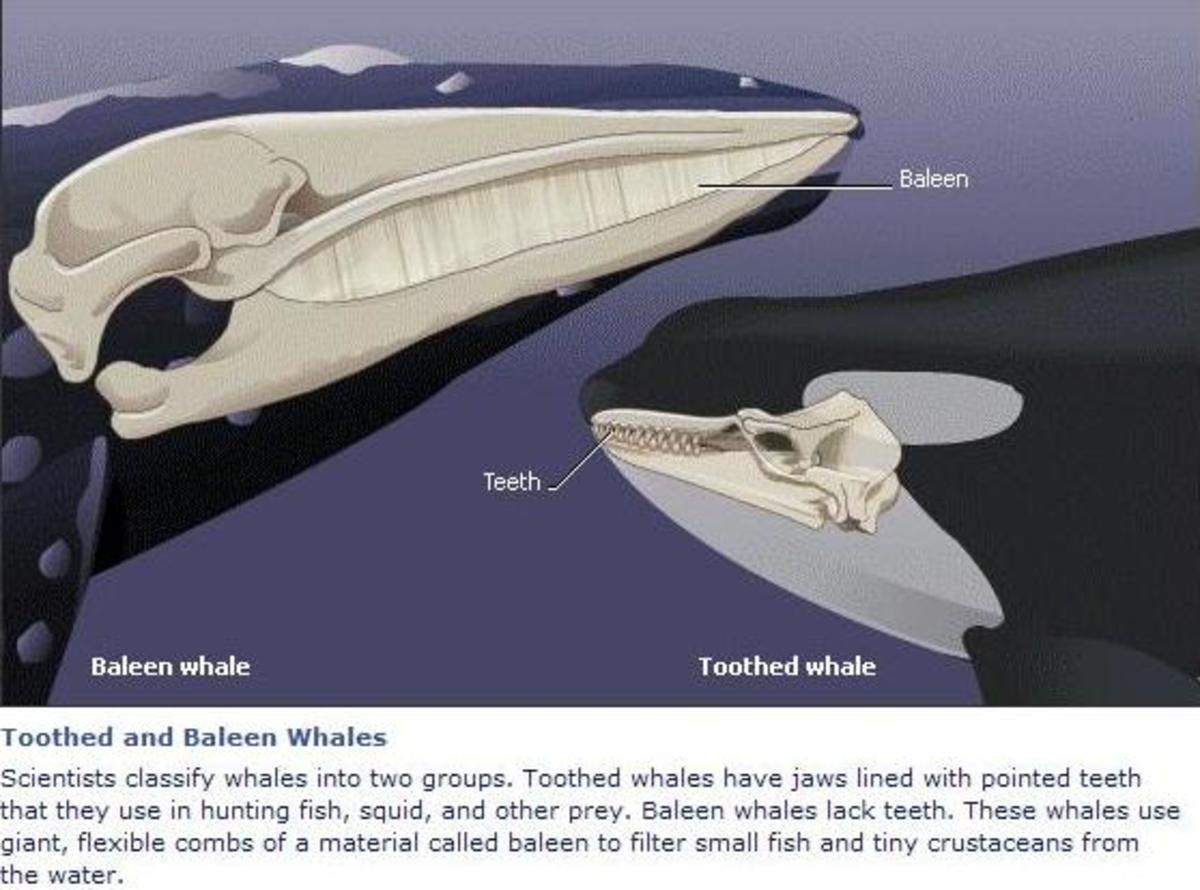- HubPages»
- Education and Science»
- Life Sciences»
- Marine Biology
The Mysterious Fresh Water Eels
The Strange Sargasso Hides Their Secrets
Showing us the remarkable force of his curious mind, Aristotle mused 2,000 years ago about where the fresh water eel reproduces. He had no answer then and today we still don’t know exactly where these elusive creatures go to give birth.
There are more than 400 species of eel known to marine biologists, including the ferocious Morays and the Electric Eels (actually a carp-like fish) with a charge that stuns its prey and predators. (Conger Eels is a title that describes several species of fish as well as several distinct conger eels). Eels vary in size from about 2 inches to over 12 feet in the case of the Giant Moray Eel
Those that concerned Aristotle and those that followed are slimy, serpent-like creatures without sharp teeth which spend much of their time in the mud of rivers and lakes in America and Europe.
Our best evidence suggests these ultimately fresh water creatures are born in a part of the Sargasso Sea within the so called “Bermuda Triangle.” The eels are born as a kind of larvae whereupon they wriggle into the strong ocean current which border the million miles of the doldrums and weeds that make up much of the Sargasso. Over a period of more than two years, they drift with the currents until they reach the tributaries of rivers in Europe and the Americas. Here, as transparent “glass eels” they enter the fresh or brackish water and mature into young eels, know as Elvers, and so on into fully adult eels. The closely related species are know as Anguilla anguilla in Europe and Anguilla rostrata in the United States. There is some genetic difference and curiously, the American variety have just 107 vertebrae in the spine whereas the European variety has 114. Just another mystery to place at the door of the eel. As their genes are unlikely to change, it seems that the two species know which currents to catch to take them to their separate destinations.
Eels in the wild live about 10 to 15 years, although those kept in captivity have reached the astonishing age of 60 years! They say in their freshwater environments where they are knows as yellow eels until they reach the last stage of their development, becoming silver eels and making their way back to the sea for the wearying journey all the way back to the Sargasso to mate and die. This cycle is known as “Catadromous.”
Although eels are not quite as popular in Britain as a food item as they once were, they are still eaten in the adult and elver stage in other parts of Europe and the USA resulting in them having become severely threatened in the wild state and as they have not been successfully bred in captivity where the conditions of their “elephant graveyard” of the Sargasso cannot be met.
Perhaps their decline is well overdue. They have been welcomed on the tables of king and commoner since ancient times. The Ancient Egyptians have been found to have worshipped them. It is said the American Indians showed the Pilgrim Fathers how to fish for eels before anything else, preventing their starvation. And how the white man eventually paid back the indigent natives for their concern. No wonder they won’t let us buy shares in the reservation casinos and bingo halls!
Japan is the biggest consumer of eels today. In fact, the voracious appetite of this race for all kinds of sea and river food has menaced species everywhere, including, despite protest including episodes of violence on both sides, their continuing to take whales. The Japanese show complete disregard for objections by other nations, such as Mexico, and their huge mother ships and flotillas of fishing vessels sail to the four corners of the earth. Their own native eels, the Anguilla japonica, entering rivers in many areas of the East, nowhere near meets the demand and the Japanese - so far unsuccessfully, have invested much money and labor in aquaculture of the eel; eels that are brought to the market from fish ponds were introduced at the larvae of elver stage, not bred in captivity.
In fact, live, adult eels have never been observed in the Sargasso Sea either, only larvae so small and weak it seems highly probable they were born somewhere close by. The sea is very deep here, so most scientists suppose the mating and breeding goes on at great depths, more than 1,000 feet at least. While on the surface are clumps like mini islands of the strange Sargasso weed and parts of the Sea are so calm that the surface is like a mill pond, especially at night, and old sailing vessels were sometimes becalmed for weeks. This is the only home the tiny larvae, called “Leptocephali,” know as they slowly drift to the surface and begin their long journey towards the continents and their rivers and the metamorphosis that will transform them into the familiar eel.
We know very little about the many species of eel all round the planet. There are several species of Moray, some were once brought to the table (carefully!); same applies to the often large Conger species, some of which can bite like a bulldog. It is not difficult to mistake eels for sea-snakes and vice versa, there is even one breed of water-snake called the “conger-snake, which is actually a species of Salamander.
Despite the bad name the freshwater eel has been given as an eater of carrion, they prefer fresh, living food and have a varied diet of just about any river creature they find that they can swallow. Sometimes, they will grasp larger prey in their strong, blunt teeth and spin around like a crocodile, tearing chunks from the victim. Fishermen catching eels have also observed this behavior as they spin around like tops, tangling up traces and line into an unholy mess. Eels are generally caught in baited pots and handled with care.
Eels have long been prized for their high fat content and the flavor this enhances. Recently, we have found that this fat can contain high deposits of poisonous heavy metals and chlorides due to the eels spending much of their time in the mud of lake and river bottoms. As mankind has polluted these waters more and more there may be a case to be made that the eels themselves are now being poisoned by this lethal concentration and is one reason for their diminishing numbers.
In fact, there are many paradoxes and contradictions that surround this singular creature. Their blood is actually poisonous to humans, but this is destroyed by the cooking process. They are also famous for their high quality leather, but we find this comes not from a true eel at all, but from the Hagfish, sometimes called the slime eel.
Green Peace has flagged several eel species as being severely threatened: this includes the popular species eaten in Japan, China, Korea and parts of Europe. Eel meat has become very expensive lately, a welcome development which might help to stave off extinction in some species.


